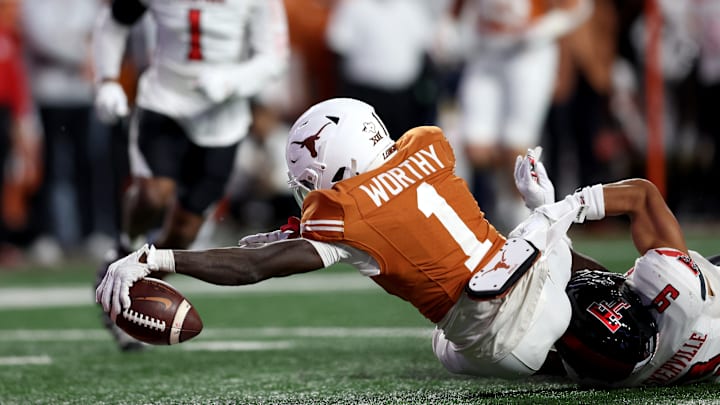Size Concerns

The belief that smaller wide receivers get injured more often than the rest is common, with the national sports media, former players, and NFL scouts adding their voices to the narrative, however, what evidence do they have to support that claim? It seems like common sense. The UFC (Ultimate Fighting Championship) has weight classes, the NFL is a contact sport without weight classes, therefore, little guys will always get injured more frequently than larger guys. However, what the evidence suggests might be surprising.
Of the 32 teams in the NFL, I charted 37 wide receivers that have slight to very light builds. This list included players like DeVonta Smith, Tank Dell, Marquise Brown, and Diontae Johnson, all of whom boast a slender frame, below-average weight for their height, and are known for their quickness/agility/speed. 156 other receivers were charted, all of whom played snaps during the season, and were found to have a body type inconsistent with the previous metric.
Over the 2023-2024 NFL season, 367 injuries were designated from NFL teams to wide receivers on their weekly injury report. For this study, only injuries that carried a "questionable", "doubtful", or "out" status and pertained to bodily injuries were considered to be "true injuries". For example, a questionable designation pertaining to an ankle injury was charted, while a doubtful designation pertaining to an illness was not. Of the 367 injuries charted, 42 were designated to the 37 "slight" receivers, while the remaining 325 were applied to the 156 "non-slight" receivers. The final numbers leave us with a "true injury percentage" (T.I.P.) of 11.4% for "slight" receivers and 19.2% for "non-slight" receivers.
Meaning, that smaller receivers got injured less frequently than bigger receivers. Is this an indication that "slight" receivers are nearly twice as durable as bigger receivers? Possibly, however, I believe that usage plays a much bigger role in whether or not injuries occur.
NFL Head Coaches like Andy Reid, understand that players like Xavier Worthy, Tyreek Hill, and Marquise Brown aren't going to be bruiser backs that you put in the backfield and run draw plays with on 3rd and short. Slight receivers like Xavier Worthy have limitations (as do all NFL players) and can only be healthy and effective when properly utilized.
Height and weight might be a great indicator of injury risks when evaluating running backs or quarterbacks, but when looking at wide receiver prospects, it is quite possibly the worst evaluation metric that can be used. If Xavier Worthy does not succeed in the NFL it will not be because he is injury-prone due to his size, it will be because Kansas City didn't utilize his skillset in a way that is consistent with his ability.
Now, let's look at how Xavier Worthy's unique skillset and obvious limitations can be best utilized in an Andy Reid-style offense.
